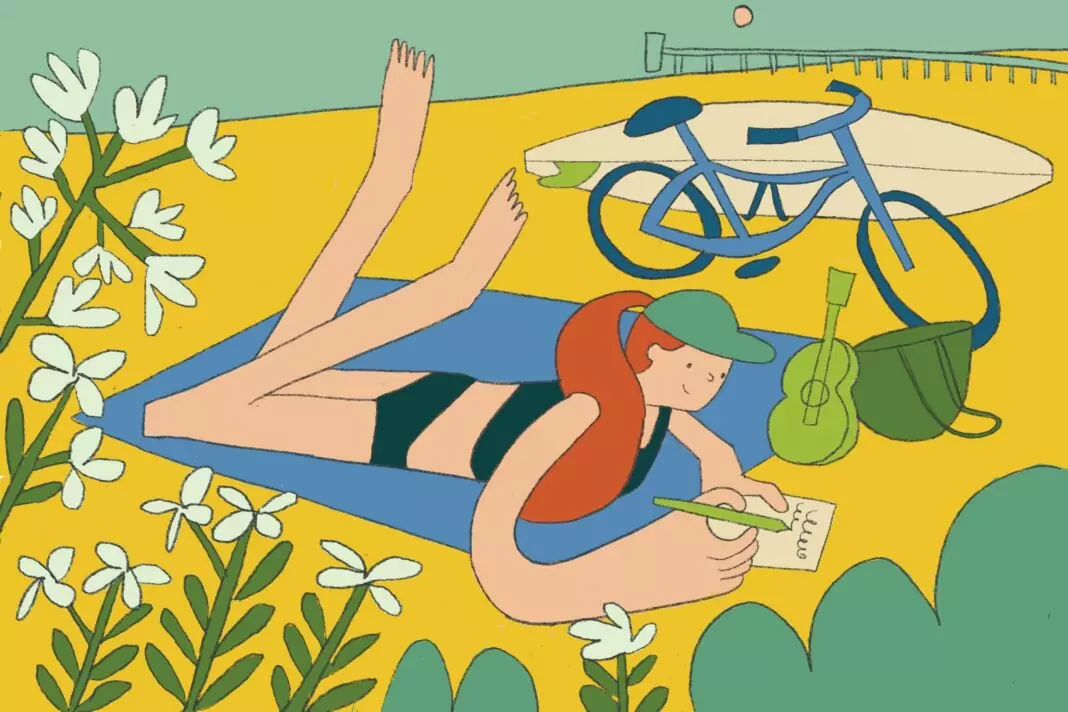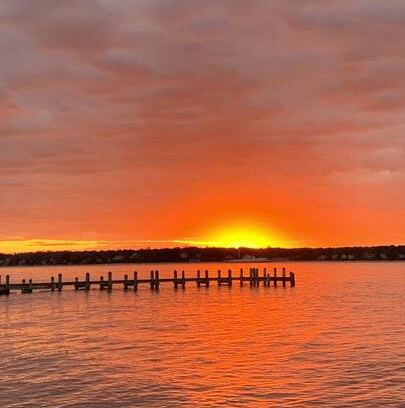Dear Dot, I saw the most amazing sunset last night. Someone told me the beautiful red color is because of pollution? Is there any truth to that?
—Whitney
The Short Answer: Those vibrant colors we see at sunrise and, even more vividly, at sunset, are the result of a phenomenon called Raleigh scattering. During sunrise and sunset, light must travel through more atmospheric particles to reach us, and most of the shorter blue and green wavelengths — they scatter more easily! — have a harder time making it through. However, the longer wavelengths, which produce orange and red colors, do make it through, giving us those rich vibrant colors. When there are wildfires? Wildfire smoke puts more particles in the air, which allows red hues to dominate. Consequently … your spectacular sunset.
Dear Whitney,
We live in a timeline in which your question is both fascinating and heartbreaking. On the one hand, we all love a gorgeous sunset (just check out social media!). But on the other, it’s perfectly reasonable to wonder if air pollution is somehow altering these sunsets. I received your query at a time when unprecedented wildfires were raging across Canada, and smoke (i.e., pollution) from those fires was traveling at least as far south as Florida and across the Atlantic Ocean to Europe. Is all that smoke changing our skies? It’s hard to imagine it’s not. But let’s hear from the experts.
And let’s start with why sunsets offer up those gorgeous hues that excite poets and painters and everyone with a phone camera and access to social media. Paige Marten, a meteorologist and sunset expert who works in the Minneapolis, Minnesota, office of the National Weather Service, notes that those vibrant colors we see at sunrise (and even more vividly at sunset) “all come down to the particles that are in the atmosphere at that time,” Marten told CBS News last June. Any color in the sky at all is the result of a phenomenon called Raleigh scattering, explain the folks at McGill University in Montreal. Light from the sun hits the particles of our atmosphere, causing about one-third of light to scatter. The smallest wavelengths — those that correspond to blue hues — scatter the most easily, giving us a blue sky.
During sunrise and sunset, however, when sunlight enters the atmosphere at a less direct angle than during the day, light must travel through more atmospheric particles to reach us. Most of the shorter blue and green wavelengths — remember they scatter more easily! — have a harder time making it through. However, the longer wavelengths, which produce orange and red colors, do make it through, giving us those rich, vibrant colors.
And that’s on a regular day.
When there are wildfires?
“The wildfire smoke drifting south from Canada put even more particles in the air,” explains meteorologist Paige Marten, “allowing red hues to dominate. It’s also creating a haze, enhancing the sun’s red or orange color.”
So there you have it. Your beautiful sunset, the one that made you stop, and gasp, and reach for a way to preserve that moment, was a product of both light and of darkness. Appreciate that beauty, Whitney, no matter what created it. Musician Nick Cave reminds us that “Joy sings small, bright songs in the dark — these moments, so easily disregarded, so quickly dismissed, are the radiant points of light that pierce the gloom to give validation to the world.”
Spectrally,
Dot



